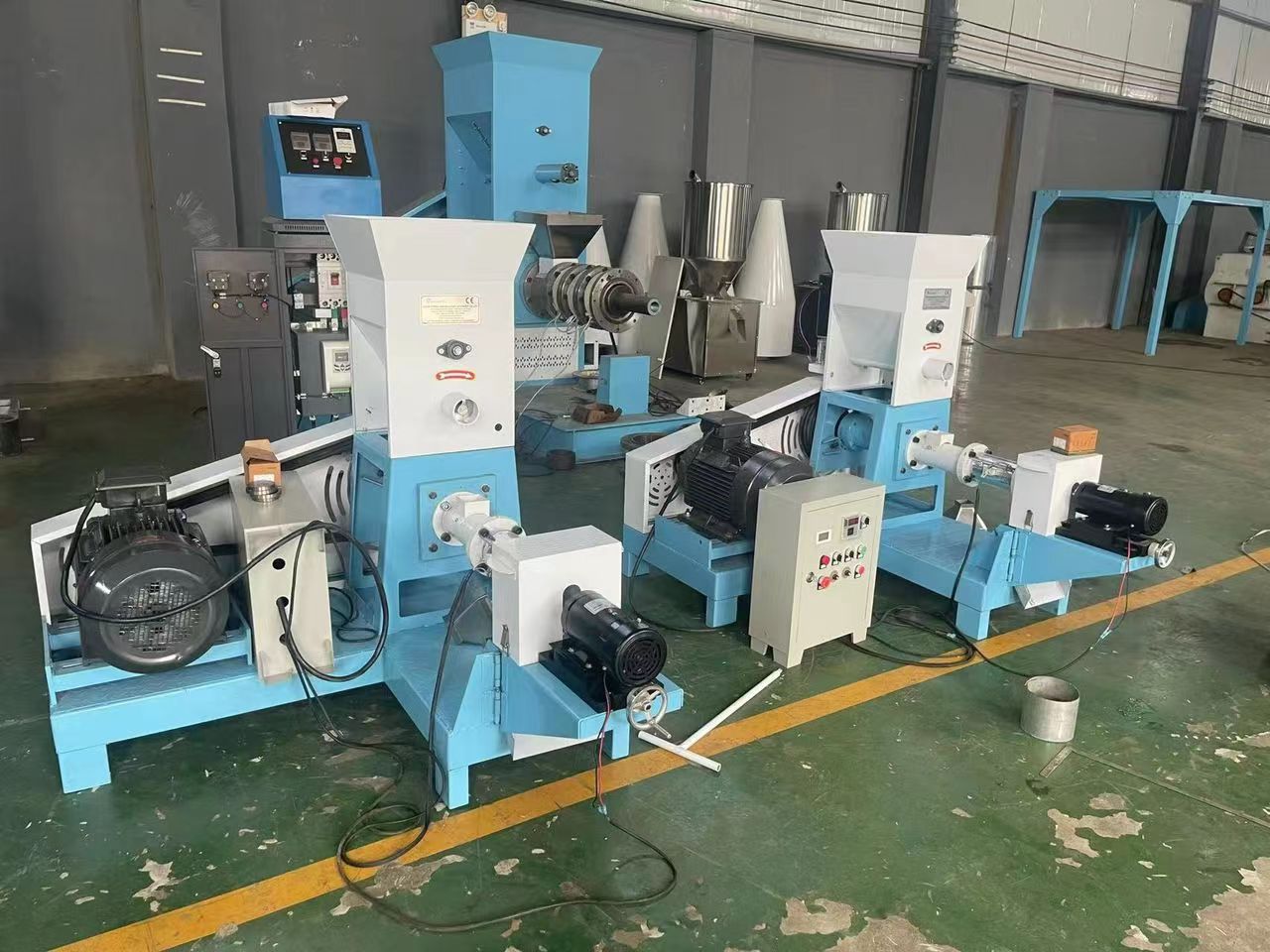Optimal Design for Poultry Transport Cages and Their Impact on Chickens' Welfare
Dec . 05, 2024 15:13 Back to list
Optimal Design for Poultry Transport Cages and Their Impact on Chickens' Welfare
The Importance of Chicken Transport Cages in Poultry Farming
In the modern age of agriculture, the humane and efficient transportation of livestock is paramount. This is especially true for poultry, such as chickens, which are one of the most widely consumed sources of protein across the globe. The role of chicken transport cages cannot be overstated; they are essential for ensuring the welfare of the birds during transit, maintaining biosecurity, and meeting regulatory standards.
Chicken transport cages are specially designed enclosures that facilitate the safe and humane movement of chickens from farms to processing plants or markets. These cages come in various sizes and configurations, depending on the number of birds being transported and the type of vehicle used. A well-constructed transport cage ensures that the chickens are not overcrowded, have sufficient ventilation, and are protected from harsh weather conditions.
One of the primary advantages of dedicated chicken transport cages is the enhanced welfare for the birds. Stress during transportation can lead to significant health issues, not only harming the animals but also affecting the quality of the meat produced. A well-designed cage allows chickens to stand, move, and breathe comfortably, reducing stress and the likelihood of injury. Studies have shown that humane transport practices lead to better meat quality, as stressed chickens produce poor-quality meat that is less appealing to consumers.
chicken transport cage

Moreover, chicken transport cages play a crucial role in maintaining biosecurity. In an age where diseases such as avian influenza can wreak havoc on poultry populations, the design and material of transport cages contribute to preventing the spread of pathogens. Cages made from non-porous materials are easier to clean and disinfect, ensuring that any potential contaminants are eliminated before the next load of birds is transported. Additionally, proper cleaning protocols can minimize the risk of cross-contamination between different batches of chickens, protecting the health of both birds and consumers.
Meeting regulatory standards is critical for poultry producers, and the use of certified transport cages is often mandated by government regulations. These standards are established to safeguard animal welfare during transit and to ensure that the meat produced is safe for consumption. Compliance with these regulations not only promotes ethical farming practices but also enhances the reputation of producers in the market. Consumers are increasingly concerned about the origins of their food and the treatment of animals, making compliance with humane transport standards a selling point for many poultry businesses.
Furthermore, the use of transport cages can improve operational efficiency. Cages that are stackable and easily loaded into transport vehicles maximize space and reduce the time and labor required to transport birds. This efficiency not only decreases transportation costs but also minimizes the time chickens spend in transport—a critical factor in their overall welfare.
In conclusion, chicken transport cages are an indispensable component of the poultry industry. They serve multiple important functions, including enhancing animal welfare, maintaining biosecurity, adhering to regulatory standards, and improving operational efficiency. As the demand for ethically sourced and high-quality poultry products continues to grow, the importance of advancing and adopting innovative transport solutions becomes even clearer. Ongoing research and development in transport cage design, along with adherence to best practices, will ensure that the poultry industry can meet both consumer demands and animal welfare standards in the years to come.
-
Automatic Feeding Line System-Pan Feeder Nipple Drinker|Anping County Yize Metal Products Co., Ltd.
NewsJul.29,2025
-
Hot Sale 24 & 18 Door Rabbit Cages - Premium Breeding Solutions
NewsJul.25,2025
-
Automatic Feeding Line System Pan Feeder Nipple Drinker - Anping County Yize Metal Products Co., Ltd.
NewsJul.21,2025
-
Automatic Feeding Line System Pan Feeder Nipple Drinker - Anping County Yize Metal Products Co., Ltd.
NewsJul.21,2025
-
Automatic Feeding Line System - Anping Yize | Precision & Nipple
NewsJul.21,2025
-
Automatic Feeding Line System - Anping Yize | Precision & Nipple
NewsJul.21,2025






